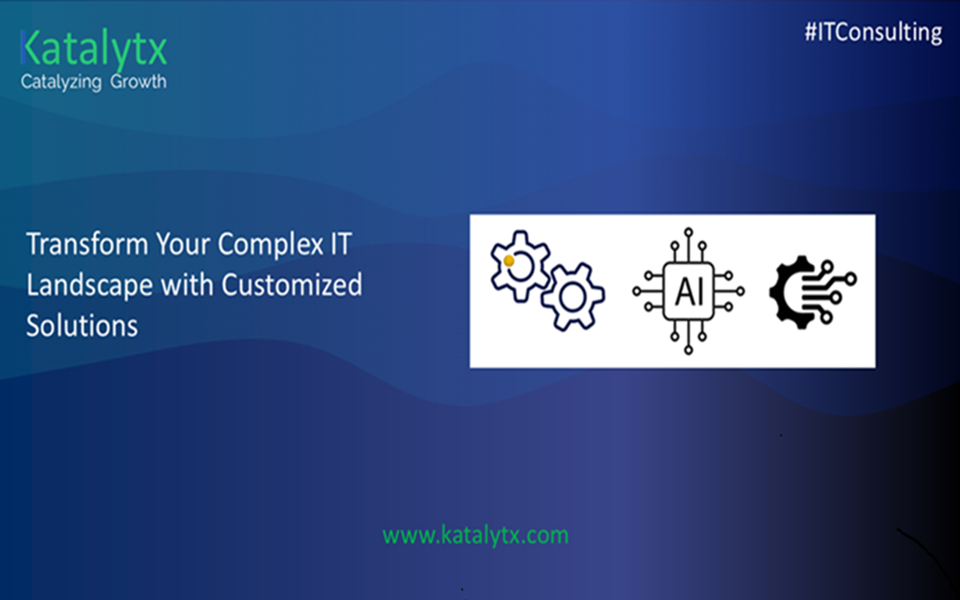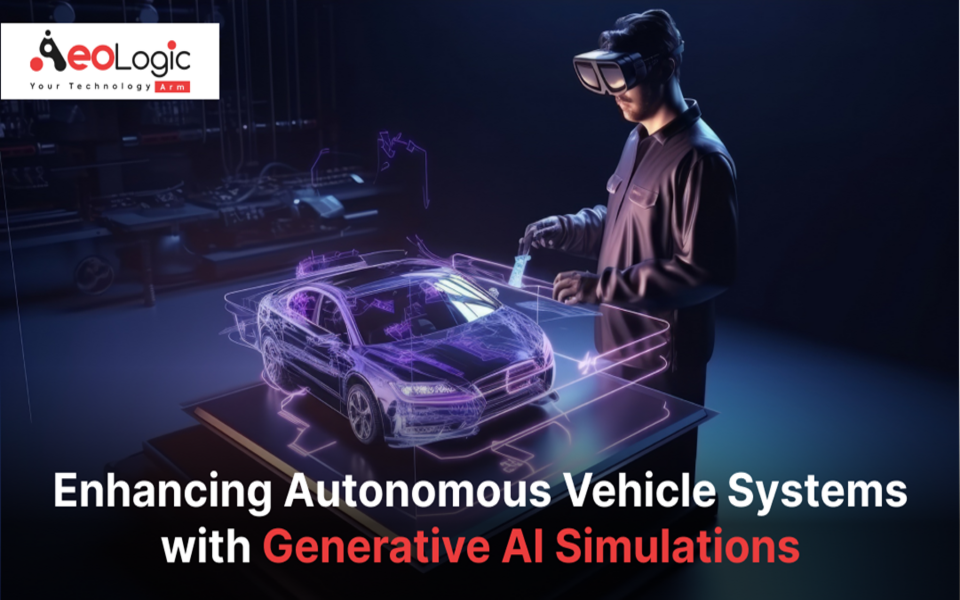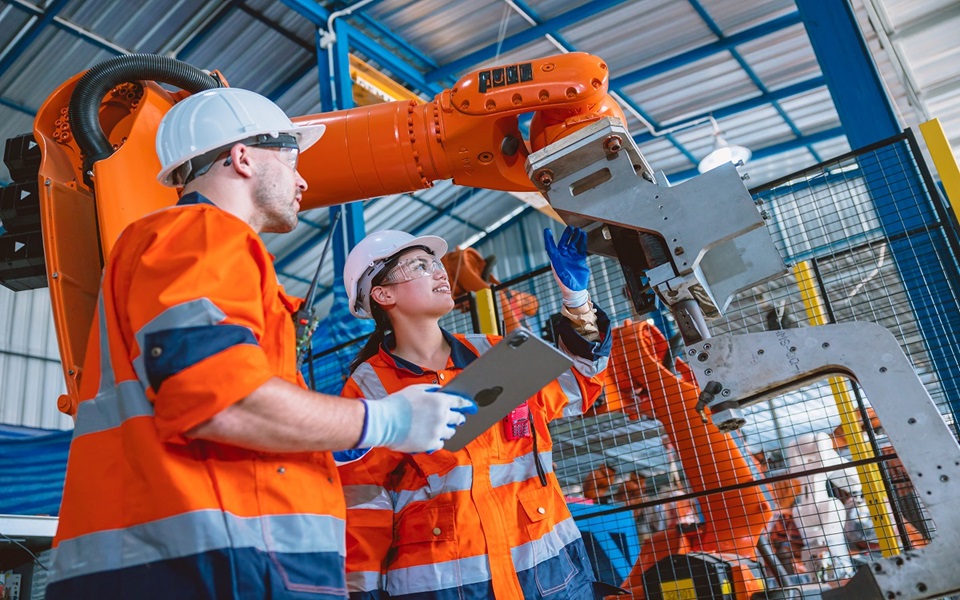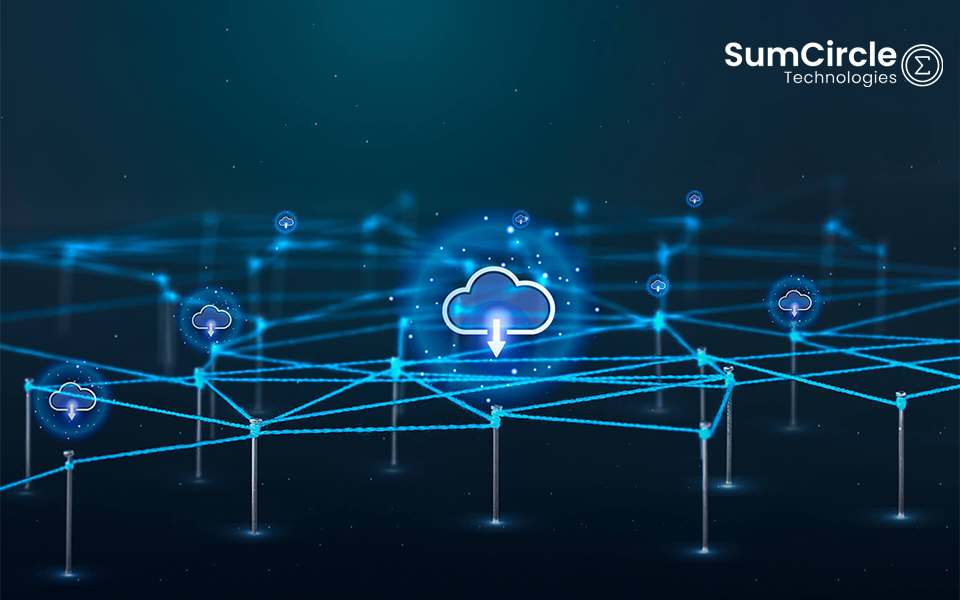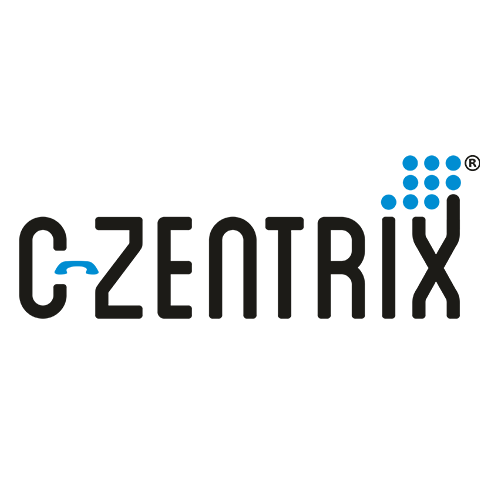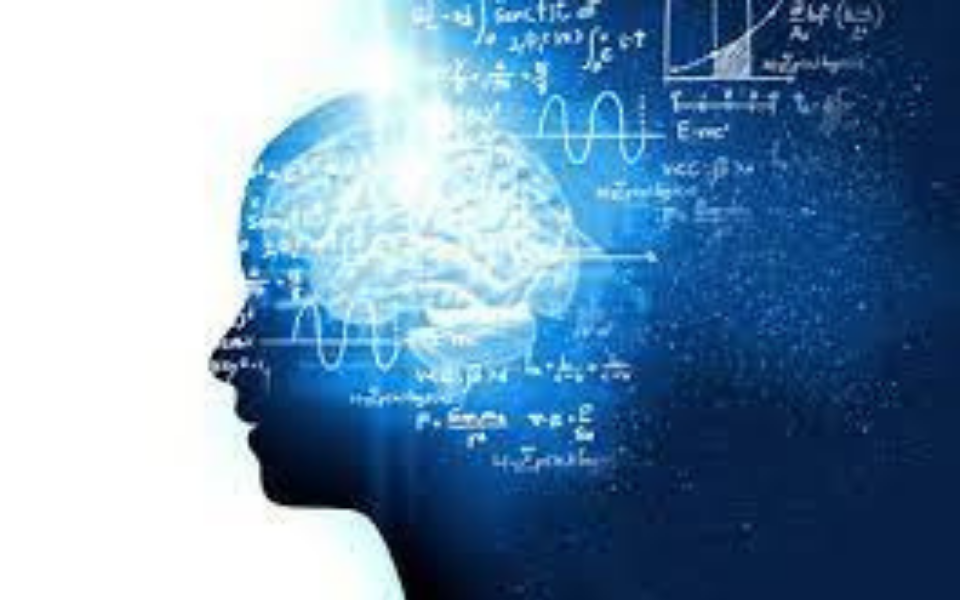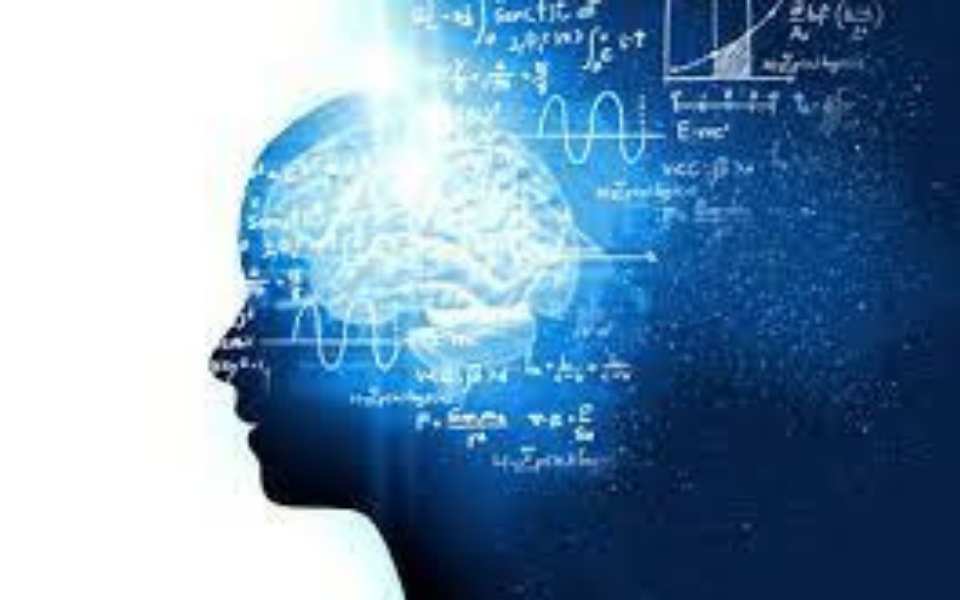Introduction
In the ever-evolving landscape of technology, two powerful forces have emerged, poised to redefine industries and reshape the future of innovation: Blockchain and Artificial Intelligence (AI). Individually, these technologies have already made significant impacts across various sectors, but it is their convergence that holds the promise of unlocking unprecedented potential. In this comprehensive guide, we will embark on a journey to explore the intricate relationship between Blockchain and AI, understanding their fundamental principles, exploring their individual applications, and uncovering the synergistic dynamics that emerge when they are combined.
At the core of this exploration lies the recognition that Blockchain offers a decentralized, transparent, and immutable ledger system, revolutionizing the way transactions are recorded and verified. Meanwhile, AI empowers machines with the ability to learn, reason, and make decisions autonomously, ushering in a new era of intelligent automation and predictive analytics. Together, these technologies form a formidable duo, where Blockchain provides the foundation for secure data storage and transaction processing, while AI extracts valuable insights and drives informed decision-making.
Throughout this guide, we will delve into the depths of Blockchain and AI, unraveling their complexities, and examining the transformative impact they have already had on industries ranging from finance and healthcare to supply chain management and identity verification. We will explore the unique challenges and opportunities that arise from their integration, highlighting real-world use cases and emerging trends that illustrate the immense potential of this synergy.
As we embark on this journey of discovery, one thing becomes abundantly clear: the convergence of Blockchain and AI represents not only a technological revolution but also a paradigm shift in the way we conceive and harness the power of innovation. By understanding the intricate interplay between these two technologies and embracing their collaborative potential, we can unlock new avenues for growth, efficiency, and value creation, paving the way for a future where intelligent systems and decentralized networks work seamlessly together to shape a better world.
For organizations seeking to harness the power of this transformative duo, partnering with a reliable blockchain development service is crucial. These services offer expertise in building and integrating blockchain solutions tailored to specific business needs, ensuring seamless implementation and maximizing the benefits of blockchain-AI convergence.
Understanding Blockchain Technology
Definition and Fundamentals
Blockchain technology is often described as a decentralized ledger system that records transactions across a network of computers. Each transaction is added to a block, which is then linked to the previous block, creating a chain of blocks, hence the name Blockchain. What sets Blockchain apart from traditional databases is its decentralized nature. Instead of having a central authority controlling the database, Blockchain distributes copies of the ledger to every node in the network. This decentralized architecture ensures transparency and immutability, as each transaction is verified by multiple participants before being added to the ledger. The use of cryptographic techniques further enhances security, making it extremely difficult for malicious actors to tamper with the data.
Mechanics and Architecture
The mechanics of Blockchain revolve around a consensus mechanism, which determines how transactions are validated and added to the ledger. The most common consensus mechanism is Proof of Work (PoW), where participants compete to solve complex mathematical puzzles to validate transactions and earn rewards. Another mechanism is Proof of Stake (PoS), where validators are chosen based on the amount of cryptocurrency they hold. Once a transaction is validated, it is added to a block along with other transactions. Each block contains a unique cryptographic hash of the previous block, creating a chain that links all the blocks together. This chain of blocks forms the Blockchain, which serves as a secure and immutable record of transactions.
Salient Features and Advantages
The salient features of Blockchain include decentralization, immutability, transparency, and security. Decentralization eliminates the need for intermediaries, reducing costs and increasing efficiency. Immutability ensures that once a transaction is recorded on the Blockchain, it cannot be altered or deleted. Transparency allows anyone to view the entire transaction history, promoting trust and accountability. Security is ensured through the use of cryptographic techniques, making it virtually impossible for hackers to tamper with the data. These features make Blockchain an ideal solution for various applications, including finance, supply chain management, healthcare, and identity management.
Delving into Artificial Intelligence
Overview and Core Concepts
Artificial Intelligence (AI) is a broad field of computer science that focuses on creating intelligent machines capable of performing tasks that typically require human intelligence. At its core, AI involves the development of algorithms that can learn from data, identify patterns, and make decisions without explicit human programming. Machine learning, a subset of AI, plays a crucial role in this process, as it enables machines to improve their performance over time through experience.
Classification and Types
AI can be classified into three main categories: narrow AI, general AI, and superintelligent AI. Narrow AI, also known as weak AI, is designed to perform specific tasks, such as image recognition, language translation, or playing chess. General AI, on the other hand, possesses human-like intelligence and can adapt to various tasks and environments. Superintelligent AI represents a hypothetical level of AI that surpasses human intelligence and is capable of outperforming the best human minds in every field.
Applications and Impact
The impact of AI is far-reaching, with applications spanning across various industries, including healthcare, finance, transportation, and entertainment. In healthcare, AI is being used to diagnose diseases, personalize treatment plans, and improve patient outcomes. In finance, AI algorithms are used for fraud detection, risk management, and algorithmic trading. In transportation, AI powers autonomous vehicles, traffic management systems, and predictive maintenance solutions. In entertainment, AI is used to personalize recommendations on streaming platforms, create realistic computer-generated imagery (CGI), enhance virtual reality (VR) experiences, and provide smart development services.
Exploring the Intersection of Blockchain and AI
Synergistic Dynamics and Strategic Alignment
The integration of Blockchain and AI unlocks a multitude of synergistic possibilities. While Blockchain ensures the integrity and security of data, AI algorithms can extract valuable insights from this data, driving innovation and decision-making. For example, in supply chain management, Blockchain can be used to track the movement of goods, while AI algorithms can analyze this data to optimize inventory management, predict demand, and identify potential bottlenecks. Similarly, in healthcare, Blockchain can securely store patient records, while AI algorithms can analyze this data to identify trends, diagnose diseases, and recommend personalized treatment plans.
Challenges and Emerging Opportunities
Despite their potential benefits, the convergence of Blockchain and AI poses several challenges, including scalability, interoperability, and regulatory concerns. Scalability refers to the ability of Blockchain networks to handle large volumes of transactions without compromising performance. Interoperability refers to the ability of different Blockchain networks to communicate and share data seamlessly. Regulatory concerns relate to the lack of clear regulations governing the use of Blockchain and AI technologies, which can hinder adoption and innovation. However, these challenges also present opportunities for innovation and collaboration. As the technology matures and stakeholders work towards addressing these issues, we can expect to see exponential growth in Blockchain-AI solutions across industries.
Use Cases of Blockchain and AI Integration
Optimizing Supply Chain Management
One of the most promising applications of Blockchain and AI integration is in supply chain management. By leveraging Blockchain's immutable ledger and AI's predictive analytics, companies can track the movement of goods, detect anomalies, and optimize processes in real-time. For example, Blockchain can be used to record the origin and journey of a product from manufacturer to consumer, while AI algorithms can analyze this data to identify inefficiencies, reduce costs, and improve customer satisfaction.
Revolutionizing Healthcare Systems
Healthcare is another industry that stands to benefit greatly from the synergy of Blockchain and AI. By securely storing patient records on a decentralized Blockchain network and applying AI algorithms for diagnosis and treatment planning, healthcare providers can improve patient outcomes, streamline operations, and mitigate data breaches. For example, Blockchain can be used to create a unified patient record that is accessible to authorized healthcare providers, while AI algorithms can analyze this data to identify patterns, predict outcomes, and recommend personalized treatment plans.
Transforming Finance and Banking
Finance and banking are ripe for disruption by Blockchain and AI technologies. By leveraging Blockchain's decentralized ledger and AI's predictive analytics, financial institutions can streamline processes, reduce costs, and enhance security. For example, Blockchain can be used to facilitate peer-to-peer transactions without the need for intermediaries, while AI algorithms can analyze transaction data to detect fraudulent activity, assess creditworthiness, and personalize customer experiences.
Enhancing Identity Management
Identity management is another area where Blockchain and AI integration can make a significant impact. By storing digital identities on a decentralized Blockchain network and utilizing AI for biometric authentication and identity verification, individuals can regain control over their personal data while reducing the risk of identity theft and fraud. For example, Blockchain can be used to create a digital passport that contains verified biometric data, while AI algorithms can analyze this data to verify a person's identity in real-time.
Future Prospects and Trends
Innovations and Technological Advancements
Looking ahead, we can expect to see continued innovation in Blockchain-AI integration, fueled by advancements in areas such as quantum computing, federated learning, and decentralized autonomous organizations (DAOs). Quantum computing has the potential to revolutionize Blockchain technology by enabling faster transaction processing and stronger cryptographic security. Federated learning allows AI models to be trained on decentralized data sources without compromising privacy, enabling collaborative AI applications across multiple organizations. Decentralized autonomous organizations (DAOs) are blockchain-based organizations that operate without centralized control, using smart contracts to automate decision-making and governance processes.
Regulatory Landscape and Ethical Considerations
As Blockchain-AI solutions become more prevalent, regulators will need to adapt to ensure consumer protection, data privacy, and ethical use of these technologies. Establishing clear frameworks and standards will be essential to foster trust and promote responsible innovation in this rapidly evolving ecosystem. Regulators will also need to address issues such as data ownership, algorithmic bias, and the potential for misuse of AI and Blockchain technologies. By striking the right balance between innovation and regulation, policymakers can help unlock the full potential of Blockchain-AI integration while safeguarding the interests of society as a whole.
Conclusion and Outlook
The convergence of Blockchain and AI represents a paradigm shift in the way we conceive and implement technology. By harnessing the strengths of both technologies, businesses can unlock new opportunities for innovation, efficiency, and value creation. As we navigate the complexities of this transformative journey, collaboration and forward-thinking will be key to realizing the full potential of this powerful duo. With continued investment, research, and collaboration, we can expect to see Blockchain-AI solutions drive positive change and shape the future of industries and society as a whole.












